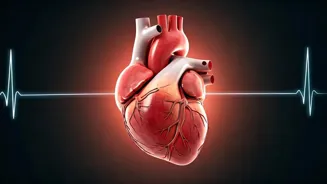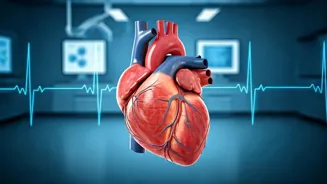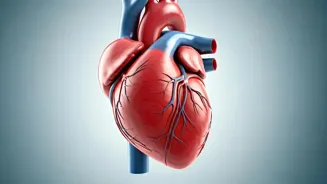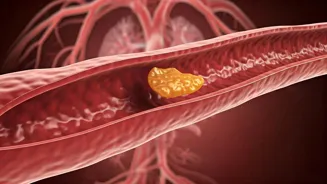Recognizing Heart Attack
A heart attack, also known as a myocardial infarction, occurs when blood flow to a part of the heart is blocked. The most common symptom is chest pain
or discomfort, which may feel like pressure, squeezing, or fullness. This pain can radiate to the arm, shoulder, neck, jaw, or back. Other symptoms include shortness of breath, sweating, nausea, vomiting, lightheadedness, or a feeling of general unwellness. The intensity of chest pain can vary, and some individuals, especially women, may experience atypical symptoms like fatigue or indigestion. Prompt medical attention is critical; if you suspect a heart attack, call emergency services immediately.
Warning Signs
Beyond the immediate signs of a heart attack, there are several warning signs indicating potential heart issues. These include persistent chest pain or discomfort, even if not severe; shortness of breath during routine activities or at rest; fatigue and weakness, especially during physical exertion; irregular heartbeats or palpitations; swelling in the ankles, feet, or legs, indicating fluid buildup; and dizziness or lightheadedness. Recognizing these signs is essential for early detection. Regular check-ups and consultations with a healthcare provider help assess and address potential heart problems, enabling timely intervention and treatment.
Lifestyle Changes
Adopting a heart-healthy lifestyle plays a crucial role in preventing heart disease. This involves maintaining a balanced diet, rich in fruits, vegetables, whole grains, and lean proteins, while limiting saturated and trans fats, cholesterol, and sodium intake. Regular exercise, such as brisk walking, swimming, or cycling, for at least 150 minutes per week, is highly beneficial. Managing stress through techniques like yoga, meditation, or spending time in nature is also essential. Avoiding smoking and excessive alcohol consumption are crucial for maintaining cardiovascular health. Moreover, managing chronic conditions like diabetes, high blood pressure, and high cholesterol through medication and lifestyle changes is important.
Preventive Measures
Taking proactive steps is key to preventing heart disease. Regular health check-ups and screenings, including blood pressure and cholesterol level monitoring, are vital. Maintaining a healthy weight through diet and exercise reduces the strain on the heart. Managing underlying health conditions like diabetes and hypertension is crucial. Reducing stress and anxiety through mindfulness and relaxation techniques helps protect the heart. Furthermore, staying informed about heart health and educating oneself about risk factors and symptoms empowers individuals to take control of their cardiovascular well-being. Following a heart-healthy diet, regular physical activity, and avoiding tobacco and excessive alcohol are important steps.
Dietary Recommendations
A heart-healthy diet is vital for maintaining cardiovascular well-being. Focus on consuming a diet rich in fruits and vegetables, which provide essential vitamins, minerals, and antioxidants. Opt for whole grains, such as oats, brown rice, and whole-wheat bread, over refined grains. Include lean protein sources like fish, poultry, beans, and lentils. Limit saturated and trans fats found in processed foods, red meat, and fried foods. Reduce cholesterol intake by avoiding foods high in cholesterol, such as egg yolks and organ meats. Limit sodium intake by avoiding processed and packaged foods, and use herbs and spices to flavor meals instead of salt. Drink plenty of water, and consume healthy fats like those found in avocados and nuts in moderation.
Importance of Exercise
Regular physical activity is a cornerstone of heart health. Aim for at least 150 minutes of moderate-intensity aerobic exercise per week, such as brisk walking, swimming, or cycling. Exercise helps lower blood pressure, reduce cholesterol levels, and improve overall cardiovascular function. Incorporate strength training exercises at least two days per week to build muscle mass and boost metabolism. Choose activities you enjoy to make exercise a sustainable part of your routine. Start slowly and gradually increase the intensity and duration of your workouts. Consult with a healthcare provider before starting any new exercise program, particularly if you have underlying health conditions. Regular physical activity improves circulation and supports the heart's efficiency.





